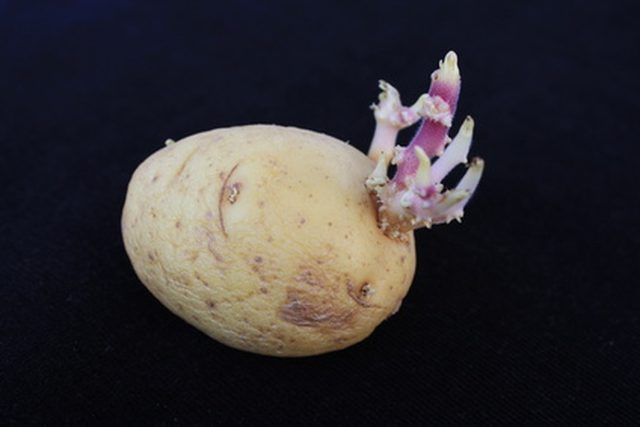Bulbs
Flower Basics
Flower Beds & Specialty Gardens
Flower Garden
Garden Furniture
Garden Gnomes
Garden Seeds
Garden Sheds
Garden Statues
Garden Tools & Supplies
Gardening Basics
Green & Organic
Groundcovers & Vines
Growing Annuals
Growing Basil
Growing Beans
Growing Berries
Growing Blueberries
Growing Cactus
Growing Corn
Growing Cotton
Growing Edibles
Growing Flowers
Growing Garlic
Growing Grapes
Growing Grass
Growing Herbs
Growing Jasmine
Growing Mint
Growing Mushrooms
Orchids
Growing Peanuts
Growing Perennials
Growing Plants
Growing Rosemary
Growing Roses
Growing Strawberries
Growing Sunflowers
Growing Thyme
Growing Tomatoes
Growing Tulips
Growing Vegetables
Herb Basics
Herb Garden
Indoor Growing
Landscaping Basics
Landscaping Patios
Landscaping Plants
Landscaping Shrubs
Landscaping Trees
Landscaping Walks & Pathways
Lawn Basics
Lawn Maintenance
Lawn Mowers
Lawn Ornaments
Lawn Planting
Lawn Tools
Outdoor Growing
Overall Landscape Planning
Pests, Weeds & Problems
Plant Basics
Rock Garden
Rose Garden
Shrubs
Soil
Specialty Gardens
Trees
Vegetable Garden
Yard Maintenance
How to Plant Sprouted Potato Seeds
How to Plant Sprouted Potato Seeds. Potatoes are low-maintenance vegetables that you can grow in your home garden and that produce an abundant harvest. Grow potatoes from seed potatoes, which are small potatoes or pieces of larger ones. Pre-sprouting them before planting, also called chitting, ensures the seed potatoes are ready and able to produce...

Potatoes are low-maintenance vegetables that you can grow in your home garden and that produce an abundant harvest. Grow potatoes from seed potatoes, which are small potatoes or pieces of larger ones. Pre-sprouting them before planting, also called chitting, ensures the seed potatoes are ready and able to produce plants. Plant these sprouted potatoes properly; otherwise, they rot in the ground instead of becoming healthy and productive plants.
Things You'll Need
Potatoes
Compost
Fertilizer
Knife
Tray
Mulch
Prepare a full-sun garden bed for planting. Apply a 2-inch layer of compost over the entire bed, and one-half pound of 10-10-10 analysis fertilizer to each 10-foot row. Till the compost and fertilizer into the top 6 inches of the bed.
Cut large, sprouted seed potatoes into 1- to 2-inch pieces, leaving at least one sprout - and up to three - on each seed piece. Set the seed pieces on a tray with the cut side up, and leave them overnight so the cut sides scab over, which helps prevent rot. Small seed pieces can be left whole.
Sow the seed pieces to a 3-inch depth, and space each piece 8 to 12 inches apart in the row. Space the rows 2 to 3 feet apart. Plant each seed piece so the sprout is on top and the cut side, if applicable, on the bottom.
Water the bed after planting until the soil is moist to a 6-inch depth. Water once weekly to maintain this moisture level, or twice weekly during extended dry periods.
Cover the bed with a 2-inch layer of straw mulch once the potato plants are 5 inches tall. The mulch preserves moisture, inhibits weeds and also prevents sunburn on potato tubers growing near the soil surface.
Tips & Warnings
Harvest potatoes in early summer for use as new or early potatoes, or when they are fully grown, after the vines die back in fall.
Sprouted potatoes are more prone to rot than unsprouted seed pieces. Avoid planting them in cold, soggy soils to prevent this.